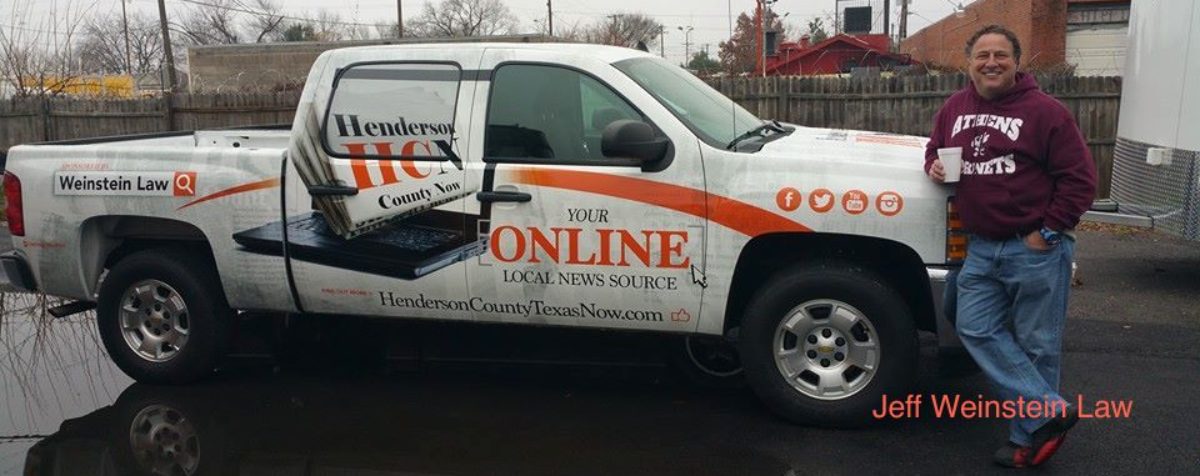
By Loretta Humble/Around the Town
I just couldn’t think of anything to write about this week, and no volunteer guest writer showed up. But I thought maybe I shouldn’t just skip another week, so I went looking for some good news. Huffington Post has a section with that name, and sure enough, I found a fun story there.
It’s about a dog who has mastered Seattle’s public transit system.
Eclipse, a 2-year-old black Labrador mix, has become a regular fixture on the city bus that stops outside her home since she figured out how to ride it alone to the dog park.
“All the bus drivers know her. She sits here just like a person does,” fellow rider Tiona Rainwater told KOMO. “She makes everybody happy. How could you not love this thing?”
The dog’s owner, Jeff Young, usually goes along. But he said if he is not ready when the bus comes along, she just gets on and goes ahead of him. She has become a regular on the route, riding three or four stops, then exiting at the dog park.
“I catch up with her at the dog park,” Young explained.
Miles Montgomery, a Seattle radio host, was surprised last Friday when Eclipse hopped into the seat next to him, looked out the window, then got off at her stop. Montgomery snapped a selfie with her, adding the caption, “Bus is full this morning:”
The Huffington Post says Seattle isn’t alone in having a streetwise dog. Stray dogs in Moscow, Russia, have learned to commute in and out of the city from the suburbs by riding the subway, even watching out for other dogs to make sure they exit at the correct stop.
Your dog’s nutrition plays a serious role in their health. With all of the different types and grades of food out there, what do you feed your dog which will keep them healthy and disease free? Is it always best to feed your dog premium food? Do you really need to buy that more expensive food? Isn’t it all the same? Can’t you just pick up a bag of dog food at the local grocery store and call it good?
I’m sure you have heard all of the opinions on what the best food to feed your dog is. Here we are going to discuss commercial premium dog food vs. bargain brands.
It can be very tempting to buy a bargain brand bag of dog food in order to save some money. After all, premium food costs more and you get less. You still get mostly protein and little fat, which most bargain brands stay well within the AAFCO norms. This surely wouldn’t hurt your dog right? Wrong!
The difference between premium brand dog foods vs. bargain brand dog food is much more than just price. It’s the quality of ingredients. Premium dog food tends to have ingredients which are much more easily digestible and have greater nutrient value. This means you feed less and have less to scoop up in the backyard when your dog poops.
Bargain brand dog food is manufactured with cheaper products such as soy protein, meat and bone meal, and fillers.
These ingredients add bulk to the food so you have to feed more in order to obtain the right amount of nutrition for your dog. These foods usually have shapes, colors, and artificial flavors to enhance palatability. Your dog doesn’t need this, and you end up spending much more to feed your dog than you would by feeding them a premium brand.
Any savings you might think you are getting by buying a bargain brand dog food gets eaten up by your dog because you have to feed them more. If you want your dog to have a healthy life and not end up going broke on dog food, I highly suggest you feed your dog a premium brand.
Nowadays, it’s very easy to find out what is in the food you feed your dog. Health and safety regulations require that dog food manufacturers list the ingredients and nutritional value in the dog food they make. You can click here for more information.
In order to have a healthy dog, there are some basic components which need to be present for good nutrition. These are:
- Proteins
- Carbohydrates
- Vitamins, minerals and fats
The ingredients on the container are listed in descending order by weight. In other words, each ingredient is listed in order by how much of the ingredient is actually in the product. So if a pure meat source like beef, chicken or lamb is at the top of the list, you know you are feeding your dog a protein rich food.
Commercially prepared pet foods come in three different forms. They are Kibble (dry food), Canned food (wet food), and Semi-moist (burger-type foods).
So which one do you feed your dog if they all claim to be nutritionally complete? Again, you need to think about and look at what is in the foods. You also should consider the age of your dog. Are they a puppy or an adult? Puppies need a growth formula food until they are at least a year old.
There are other considerations to keep in mind if your dog is an adult. Is your dog active or do they lay around all day? Are they a hunting dog or a sled dog? Is your dog overweight or healthy and in shape?
All of these factors need to be considered when you choose your dog’s food. You should also take into account the availability and palatability of the dog food you purchase. For instance, kibble is the most cost effective, but is the least palatable. Canned food is quite palatable but doesn’t provide the hard crunchiness that helps your dog’s teeth and Gums.
Semi-moist foods are the most comparable to human junk food. They are full of sugar and preservatives. The days of just being able to choose between puppy food and adult food are long gone.
Puppies should eat a food that is in accordance to their weight and activity level. They also need to eat three to four times a day if they are younger than six months old. Adult dog food should also be selected according to their weight and activity level. Adult dogs should eat two to three times per day. Don’t switch your senior dog to a senior formula unless they are inactive and gaining weight.
I heard about this next good news on Public Radio, then Googled it to be sure I got my story straight. I got this from www.abcnews.go.com and am printing it word for word. I hope they don’t sue me.
There is a lot more information on this on the Internet if you are interested.
Daniel Kish was 13 months old when he lost his eyes to cancer, but that didn’t stop him from getting around. By making a clicking noise with his tongue and listening for the echo, Kish could figure out where things were around him, a skill that baffled his parents.
“I don’t know that they really noticed the clicking right away,” said Kish, 45. “I think they just noticed that I was able to find my way around.”
Kish has since mastered the skill, known as echolocation. Like a bat, he uses sound to see.
“Sound is like light in that they’re both waves of energy,” Kish said. “These waves of sound bounce off things in the environment, and when they return they actually carry with them an imprint of what they’ve encountered.”
Kish of Long Beach, Calif., said his brain learned to interpret the information contained in the echoes and use it to construct images.
“It’s basically a representation of what’s taking up space in the environment based on location, dimension and depth of structure,” meaning the solidness of objects, Kish said. “The image that you get,” which is colorless and has no grayscale, “basically combines those characteristicsAs president of World Access for the Blind, a non-profit organization based in Long Beach, that helps blind people learn to “get around more effectively and lead their lives with greater freedom,” Kish teaches other blind people how to echolocate. And to better understand how the technique works, he teamed up with Canadian scientists for a brain imaging study.
Using magnetic resonance imaging,… (those scientists) studied the pattern of activity in Kish’s brain when he was listening to clicks and echoes. Instead of activating his auditory cortex, the area responsible for interpreting sound, the clicks and echoes appeared to activate Kish’s visual cortex….
Kish showed off his incredible talent on the Discovery Channel show “Is It Possible” by finding a rubber ball in the middle of a field. But while echolocation allows him to detect objects up to 100 yards away, he hasn’t ditched his white cane.
“We can kind of think of echolocation as being sort of far vision; it’s good for things that are far away and off the ground,” he said. “The cane is good for things that are nearer and at ground level.”
I don’t know about you, but I think this is the most wonderful, amazing news I’ve heard in a long time.
